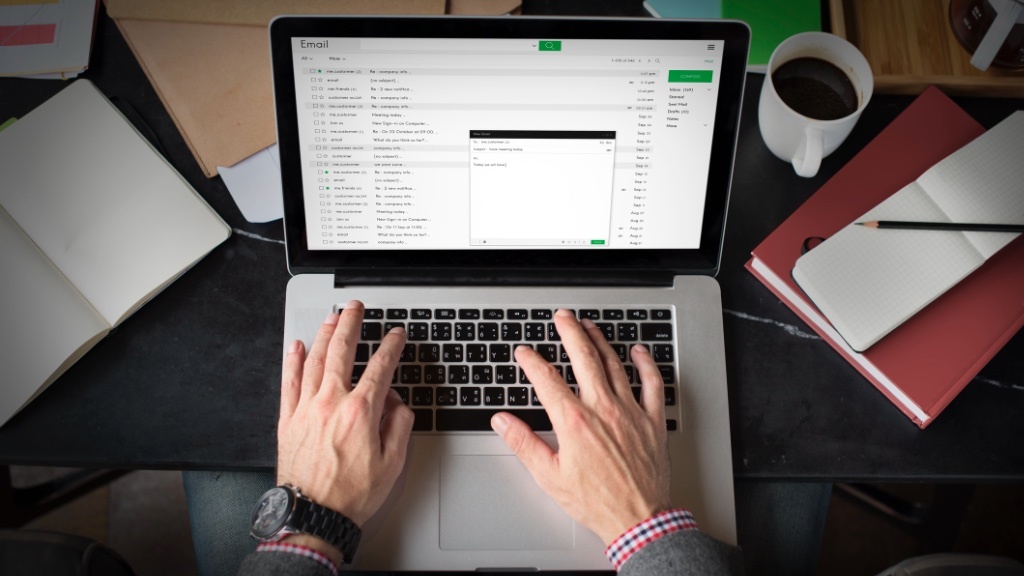How to resolve the unsolved emails hanging over you
Datum: 2025-01-14 08:11

How to resolve the unsolved emails hanging over you
It feels incredibly good to be caught up on all your correspondence — perhaps even manage to empty your various inboxes. To not have any unanswered text messages you have to respond to as soon as possible, to have read all the important messages, and not having any unprocessed emails left in the inbox that stress you out, is the most liberating feeling there is.
The feeling of not having any loose ends or things awaiting my attention allows me to focus fully on the big questions, the long-term perspectives, and the creative aspects of my life and work.
For you who prefer listening to reading, this post is also available as an episode of the “Done!” podcast:
Easy peasy — sometimes
This is easily done if what we receive is easily understood and processed. Short, clear, concise emails are easy to deal with. These make it possible to:
- respond quickly, or
- write down something we need to do that will not be done immediately, or
- start something more extensive that takes a long time to complete, or
- make note that we are waiting for something from someone we want to keep an eye on, or
- save it somewhere because it might come in handy later on, or
- throw it away since it will serve no further purpose.
Getting stuck in the tricky
This, however, is easier said than done if part of what we received is complex, difficult to interpret, or needs clarification. When you read the long, winding, and difficult email the first time you find yourself none the wiser. It is apparently very important, but what does this really mean and what is it asking you to do? It requires quite a bit more attention, focus, and in-depth analysis than you are currently able to give it, so you leave it be for now and move on to the next email.
But without realizing it, you now have a loose end you need to return to at some point. The next time you look for new emails you are reminded of the tricky email and the fact that you have to ”deal with it” soon.
It keeps getting and feeling heavier to do so but it doesn’t have to.
Do this
Regardless of how complicated or tricky something you have received appears, you can always do at least something about it. There is always a next step. This next step will have a verb of some kind and is therefore a to-do-task, just as any other, which you either do straight away or add to your to-do-list to do some other time.
When you are about to ”put down” an already read email (or message, paper, something a colleague said, or the likes) and thereby create an irritating loose end, stop for a moment and formulate the next step to yourself. It can, for instance, begin with:
- Analyze …
- Carefully read one more time …
- Investigate …
- Ask (someone else what you are supposed to do with it) …
- Acquaint yourself closer to get a better grip on …
- And so on…
Take this next step right away or write it down as a task on your to-do-list. You can now save the message or material you got where you keep other reference materials. There is no need to keep it in sight in order to keep it in mind since the to-do-list will keep an eye on the task for you.
Free to move forward with full speed
If you define the next step for everything you receive, you make yourself free to remove the email, message, or whatever it was out of the way for new things that come in. Even if you are not finished with the thing you received, you have at least taken the first step — if only just defining that first step. You are more ahead than you otherwise would have even been and it makes it possible to — even if just for a moment or so — completely empty the inbox of unattended emails or messages.
What’s your way?
What is your way of sifting and sorting your way through the harvest of incoming emails and messages quickly and without getting stuck? Do you have a trick for keeping your pace up and still not forgetting or losing anything? If so I would be delighted if you would email me and share your thoughts with me.
(By the way, do you know these nine ways to reduce the inflow of e‑mails?)
Do you want more like this?

If you want more tips on how to create good structure at work, there are many ways to get that from me - in podcasts, videos, books, talks and other formats.




